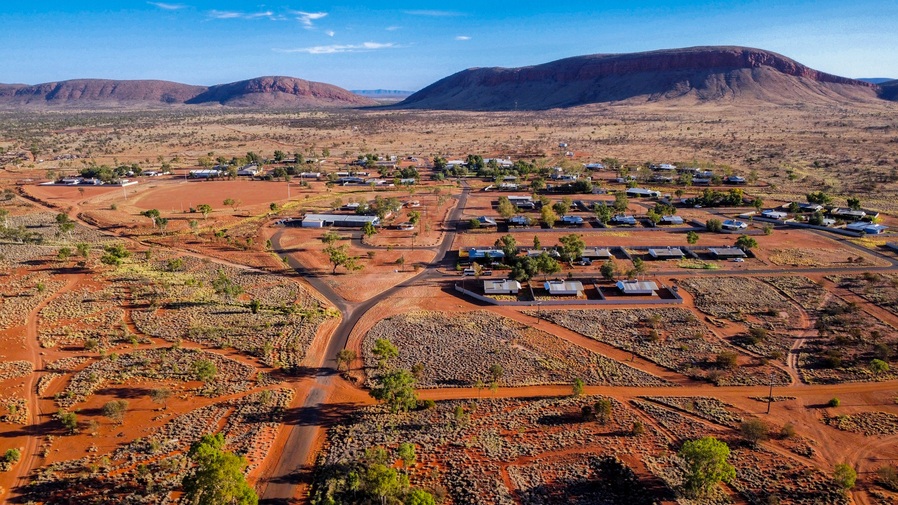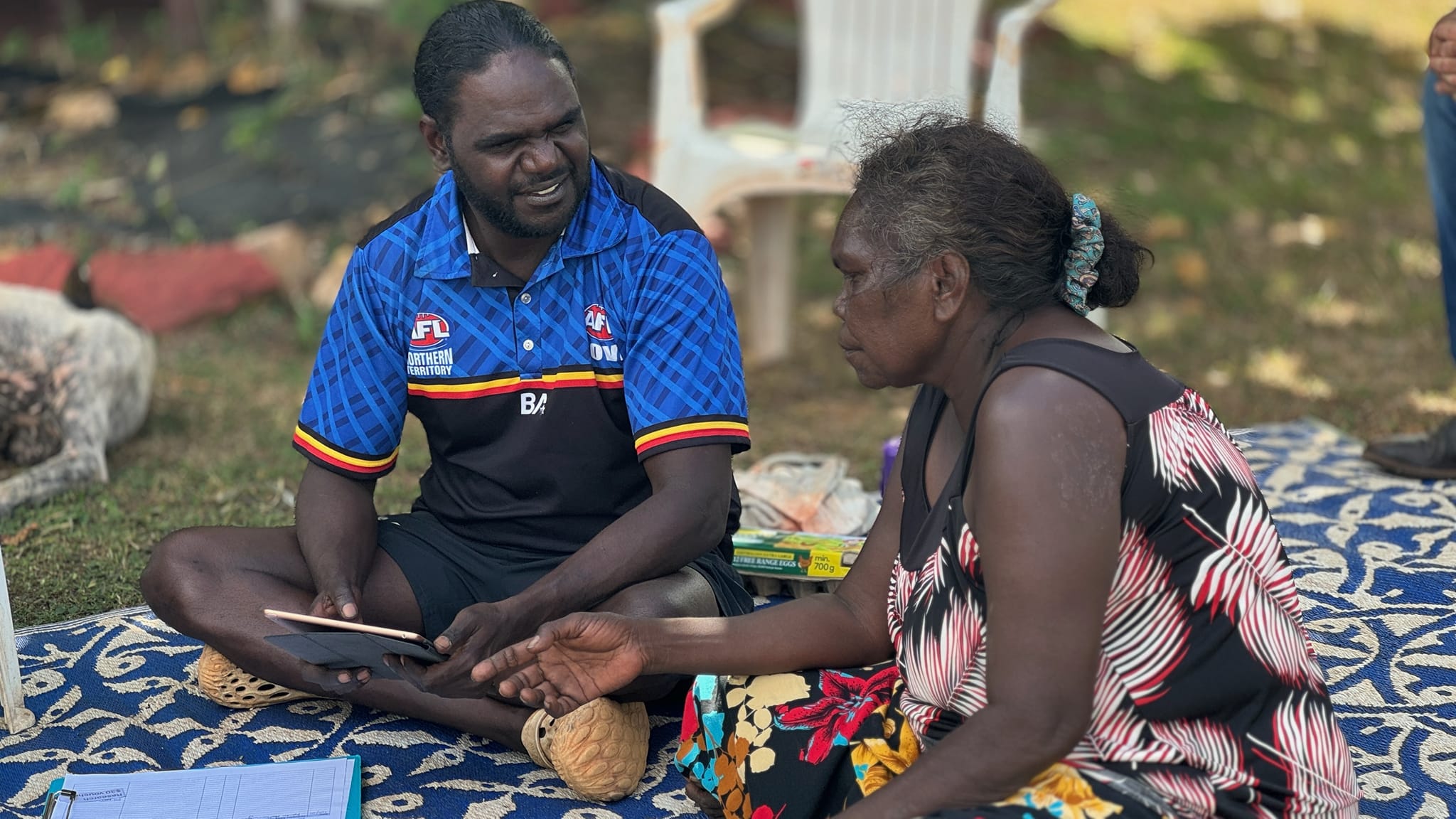Mapping digital inclusion in remote Aboriginal and Torres Strait Islander Communities

The Mapping the Digital Gap (MtDG) project, funded by Telstra and run by ADM+S, has been building strong evidence about First Nations digital inclusion in remote communities across Australia.
The place-based project works in partnership with local First Nations organisations and supports local digital inclusion plans in participating communities. It explores all the ways communications and media are used in communities by residents and service providers, and the challenges faced. It has already deepened our understanding of how digital access, affordability and skills are uneven across Australia, and why improving digital inclusion is critical for First Nations communities.

We respectfully acknowledge the Baarkandji, Eastern Kuku Yalanji, Erubam Buaigiz, Warumungu, Anmatyerr, Warlpiri, Yolŋu (Djambarrpuyŋu, Gupapuyŋu, Djinang, Dhuwala), Kwini, Kulari, Bardi, Kardu Diminin, Ngaanyatjarra, Ngaatjatjara, Pitjantjatjara and other Traditional Owners for the lands on which Mapping the Digital Gap research was conducted. We extend that respect to all Aboriginal and Torres Strait Islander peoples today, and to their Ancestors and Elders, past and present. We also acknowledge the Traditional Custodians and their Ancestors of the lands and waters across Australia where we work, live and undertake our research.